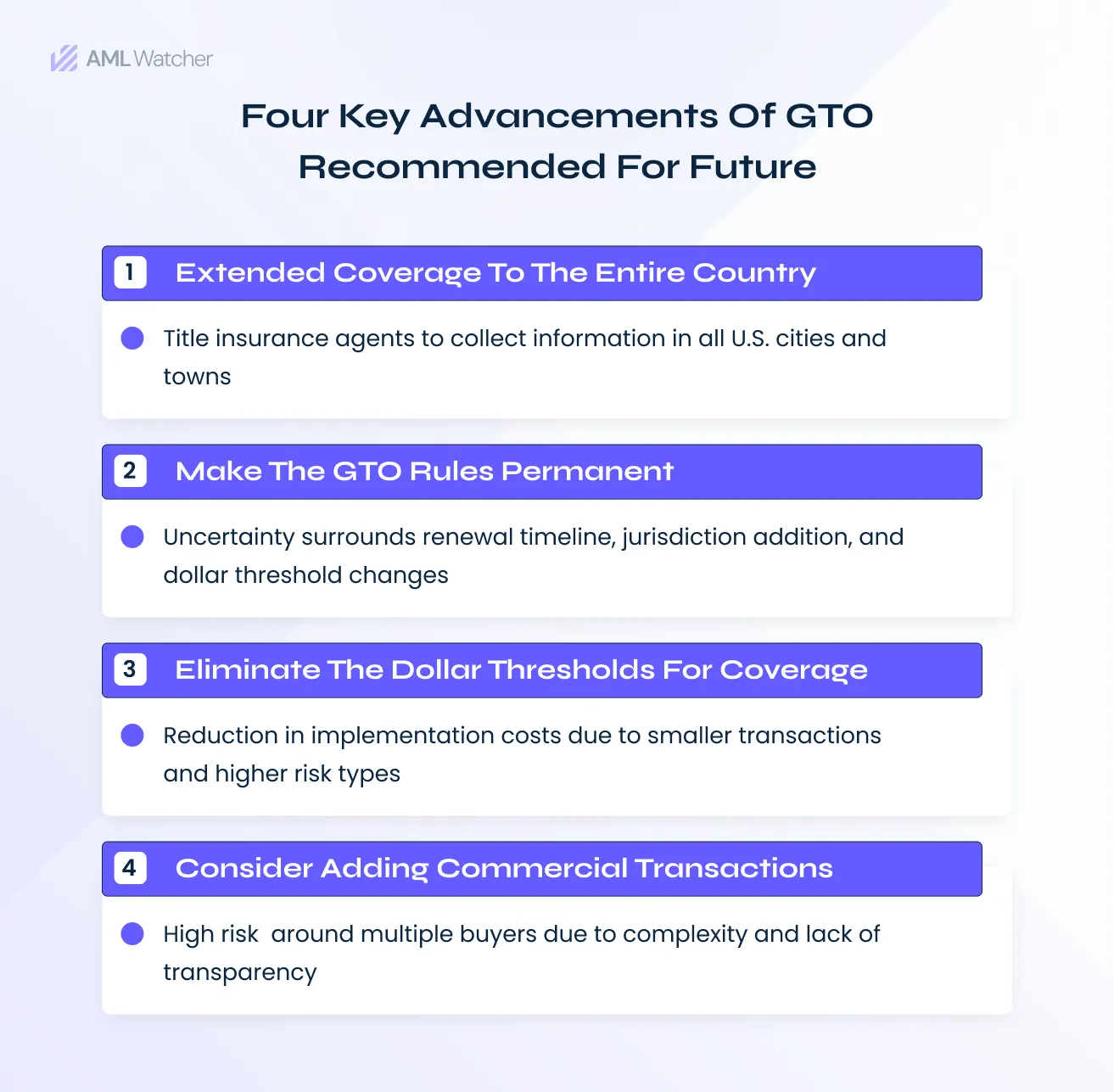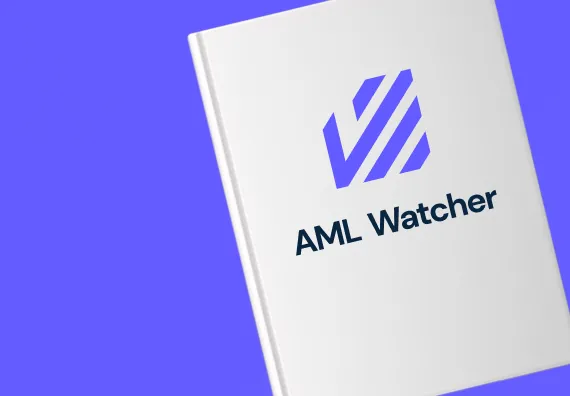
Is Regulatory Makeover Crucial to Stem Money Laundering In Real Estate?
The growing threat of AML real estate can be estimated through the fact that around $2.3 billion were illegally and secretively laundered in a five-year span (2015-2022), said the Treasury’s secretary, Janet Yellen.
Facilitating fraudsters in laundering their illicit proceeds, the real estate sector has been exploited more than any other financial sector because of its undetectable transactional nature. Real estate money laundering has presented the good guys, law enforcement, and regulatory bodies, with a higher risk on the economic and financial stability, which requires them to come up with a diversified yet functional anti-money laundering approach in real estate.
The corruption saga of Khadem al-Qubaisi, an Emirati businessman and former managing director of the International Petroleum Investment Company (IPIC) explains how the Qubaisi family stole billions of dollars from a Malaysian bank (1MDB) and possessed luxurious properties in the heart of the United States. Thanks to the non-regulated real estate sector, the oil executives managed to launder their proceeds by means of shell companies and swam through Singapore, Switzerland, and Luxemburg and reached U.S. real estate.
How did embezzling money find its way to the high-end real estate possessions while leaving the AML controls off-guarded? Were the existing AML controls in the ruling economies strong enough to detect and prevent the crime or did the regulatory loopholes work like a strong arm for the crime actors in laundering their black money?
In this blog we will dig deeper into real estate money laundering and how this financial exploitation has harmed the nations while spreading its wings across the borders.
5 Reasons Why Money Launderers Choose Real Estate?
A crime carries an inherent will to be hidden from those who fight against it. Real estate, unlike other financial sectors, offers ambiguities and shady transactional avenues to fraudsters so they can legitimize their proceeds derived from crimes. Some of the reasons are highlighted below.
- The lack of stringent AML Controls and policies enables launderers to bypass the laws to prohibit money laundering practices.
- The private and anonymous nature of real estate transactions empowers corrupt actors to hide their ownership and illicit funds. Tracking of complex offshore account trails, foreign nominees, and shell companies makes it difficult to track the real owners and hence a smooth path for criminals to flow their illicit cash into the legal system.
- Easy asset conversion of loads of illegal cash into real estate property makes it an ideal way for launderers to avoid the identification of ill-gotten proceeds. A single real estate transaction can help criminals convert their stash of cash into assets that can easily get through the financial system without getting caught.
- The global nature of real estate conversions enables criminals across the border to safely invest their illicit proceeds into high-value and legitimate ventures.
- Third-party enablers such as real estate agents and developers provide aid to money laundering through exploiting AML measures and customer due diligence protocols.
The absence of transparency, regulatory limitations, and real estate ability of swift asset conversion makes the industry an ideal avenue for money laundering.
However, the issue has caught regulatory attention giving rise to implementing AML and KYC (Know Your Customer) practices for both financial and non-financial transactions. Digging deeper into the compliance and regulatory efforts in the United States, let’s have a look at controls and scrutiny measures designed to combat money laundering.
Two U.S Regulations to Navigate Money Laundering in Real Estate
BSA/AML Compliance & Limited Application on Real Estate
The Bank Secrecy Act (BSA) was designed to address money laundering and associated predicate crimes, particularly for financial institutions.
The enforcement of anti-money laundering controls has been made necessary by the implementation of BSA/AML for more than 70% of real estate transactions, reported by Reuters. The left of the transactional modes involves cash only, leaving plenty of space for the financial exploiters to launder money without implementing any controls.
Obligated by the rule, financial institutions are required to report any suspicious transactions under their supervision and generate SARs (Suspicious Activity Reports) to help law enforcement bodies detect and prevent money laundering activities.
The limited application of BSA/AML on standard mortgage markets highlights the importance of regulatory reforms for financial dealings that involve real estate agents, lawyers, and non-regulated financial parties.
To address the escalating issue of money laundering in real estate, in 2016, FinCEN (Financial Crimes Enforcement Network of the U.S.) issued a GTO (Geographic Targeting Order). Let’s take a closer look at its application.
Miami and NewYork under Strict GTO Compliance
An eye-opening analysis was made by the New York Times revealing that high-end luxurious real estate properties worth $5 billion were bought nationwide through shell companies. The stats for such practices are even higher for Los Angeles and Manhattan.
Highlighting the gore situation of dirty money flowing into the financial system of the United States, Jennifer Shasky Calvery, director of the FinCEN, elaborated with a statement,
“We are seeking to understand the risk that corrupt foreign officials, or transnational criminals, may be using premium U.S. real estate to invest millions in dirty money secretly”.
To implement strict AML monitoring in real estate, FinCEN introduced GTO which requires real estate professionals to report cash transactions exceeding the threshold in specified areas including Miami, Manhattan, and New York. The motivation behind GTO was the exploitation of residential real estate purchases by the entities which required minimum to no due diligence.
The GTO was aimed to gather information on high-value transactions carried out by suspicious entities who could launder their illicit proceeds by hiding true ownership. Along with equipping investigations by the FinCEN, GTO was extended to low-value real estate, and payment methods other than cash were also included in it.
The modern problems require robust and vigilant measures. The regulator’s efforts are made to curb and detect money laundering, however, with several loopholes in AML controls to regulate cash purchases in real estate, the compliance environment is in dire need of regulatory revamp.
What to Expect From the Regulatory Landscape in 2024?
In the United States, the bipartisan Corporate Transparency Act was made active in 2021. Under the act, many businesses are required to submit a BOI (Beneficial Ownership Information) report providing information on the original owner of the company or property.
Bringing modifications to the original rule, it was announced by FinCEN that new rules would be proposed to address the deep-rooted financial crimes in the real estate sector which would require real estate agents to meet BOI requirements. A nationwide extension of the GTOs could be seen through the proposed rules.
The growing threat of money laundering through real estate can be estimated through the fact that around $2.3 billion were illegally and secretively laundered in a five-year span (2015-2022), said the Treasury’s secretary, Janet Yellen.
In an effort to crack down on money laundering activists through US real estate, FinCEN is set to propose a long-awaited rule in early 2024. The rule is expected to require real estate agents to submit BOI reports for real estate transactions involving cash payments, as reported by the ICIJ.
Having the regulatory expectations outlined, it is crucial to understand the complex and faceless nature of real estate money laundering. It can be better understood by closely analyzing some infamous cases of financial crimes that make AML screening a non-negotiable measure in the real estate industry.
3 Infamous Case Studies of Money Laundering in Real Estate
- Ihor Koolomoisky, a Ukrainian banker, and his embezzlement team siphoned billions of dollars from a PrivatBank in Ukraine. The cracks in regulatory and scrutiny measures allowed the oligarch to invest in multiple shell companies through the bank’s Cyprus branch. Later on, the laundered money was consumed to make high-end luxurious properties in Dallas and Louisville.
- Abraham Edgardo Ortega, a Venezuelan oil tycoon, admitted to being involved in a currency exchange scheme in collaboration with a Russian bank and a French company. The oil magnate successfully laundered more than $1 billion while some of the money was traced to shell companies and expensive real estate possessions in Coral Gables and Sunny Isles Beach, in South Florida.
- Revealed by Transparency International, Russian oligarchs enlisted in corruption and sanction lists, own real estate properties worth £1.5 billion in the heart of the UK, London. It was also reported by the organization that more than 2000 registered firms in the UK were involved in 48 corruption cases of Russian money launderers. The laundered amount worth £182 billion in those cases originated from bribery and embezzlement.
These cases, among hundreds of others, show that regulatory bodies and law enforcement agencies need to pull the curtain aside and come up with strict policies irrespective of the region, transactional threshold, and financial business categories.
Other Than Regulatory Revamp, How Can You Ensure AML Compliance?
Money laundering in the real estate sector has been incentivized by the lack of diversified and robust regulatory reforms but the danger does not stop existing if we choose to not see it. If you are a real estate agent working on the soil of regulated countries such as the U.S., meeting AML requirements is crucial.
AML checks to identify and verify that your next client is not a corrupt or sanctioned entity, global compliance experts recommend employing AML solutions and know exactly who you are doing business with.
Making AML screening easy, efficient, and effortless, AML Watcher offers your real estate business a compliance partnership to meet existing and upcoming regulatory demands.
We are here to consult you
Switch to AML Watcher today and reduce your current AML cost by 50% - no questions asked.
- Find right product and pricing for your business
- Get your current solution provider audit & minimise your changeover risk
- Gain expert insights with quick response time to your queries




